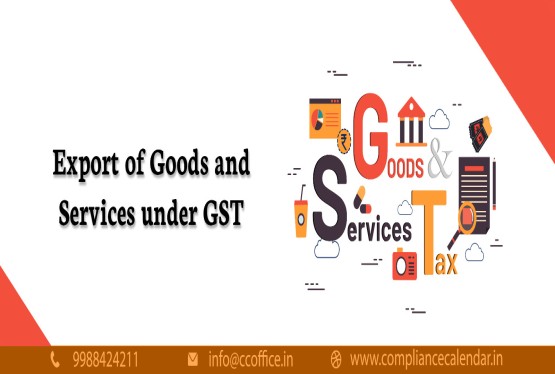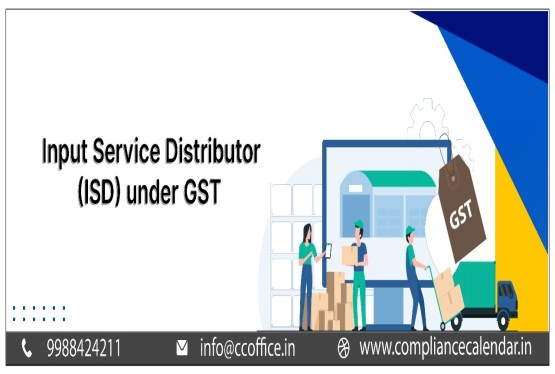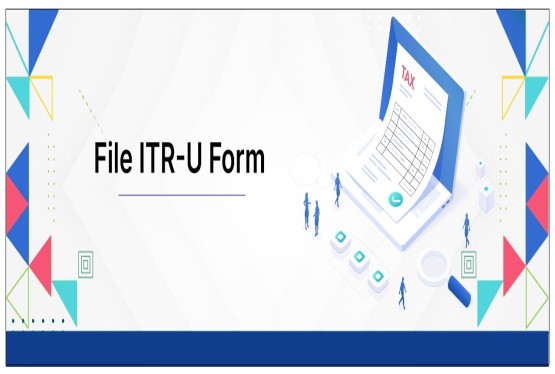Goods and Services Tax (GST) is an indirect tax levied on the supply of goods and services in many countries, including India. Sometimes, businesses or individuals pay more GST than required, leading to an excess amount that can be claimed as a refund. GST refund process is essential for businesses to maintain cash flow and ensure compliance with tax regulations.
What is a GST Refund?
A GST refund is the process of claiming back the excess GST paid to the government due to various reasons such as exports, inverted duty structure, or tax exemptions. Refund claims ensure businesses are not overburdened with tax costs and help improve liquidity.
Who is Eligible for a GST Refund?
GST refund eligibility depends on different circumstances. Here are the primary situations where a refund can be claimed:
1. Exporters (Zero-Rated Supplies)
• Businesses engaged in exports of goods or services (including Special Economic Zone (SEZ) supplies) without paying GST can claim a refund.
2. Inverted Duty Structure
• When the GST rate on inputs (raw materials) is higher than the rate on finished goods, leading to an input tax credit (ITC) accumulation, a refund can be claimed.
3. Excess Tax Payment
• If businesses mistakenly pay higher tax due to errors in calculations or invoice mismatches, they can apply for a refund.
4. Refund on Deemed Exports
• Certain transactions classified as deemed exports, such as supplies to Export Oriented Units (EOUs), are eligible for GST refunds.
5. Refund Due to Assessment Orders or Court Decisions
• If a court or tax authority determines that excess tax was paid, the taxpayer can file for a refund.
6. Refund for Tax-Free or Exempted Supplies
• If a business provides goods or services that are exempt from GST, they can apply for a refund on the tax paid on input.
Documents Required for GST Refund Claim
Filing a GST refund requires submitting specific documents to support the claim. Missing or incorrect documents can lead to delays or rejection of the refund application. Below is a detailed list of essential documents needed for a GST refund claim.
1. GST Refund Application Form (RFD-01)
• The GST Refund Application Form RFD-01 must be filled out online on the GST portal.
• This form captures details of the refund amount, reason for the claim, and tax period.
Tip: Ensure all details entered in RFD-01 match the invoices and GST returns.
2. GST Registration Certificate
• A copy of the GST registration certificate of the claimant is required to verify authenticity.
Tip: Keep a scanned copy of your GST certificate ready for upload.
3. Invoice Copies (Tax Invoices, Export Invoices, and Bills of Supply)
• Tax Invoices related to sales and purchases.
• Export Invoices and Shipping Bills for export-related refund claims.
• Bill of Supply for exempted supplies, if applicable.
Tip: Ensure that all invoices contain correct GSTIN details and tax amounts.
4. Bank Account Details
• A cancelled cheque or bank statement to verify the registered bank account where the refund will be credited.
Tip: Ensure that the bank details match the ones registered on the GST portal.
5. Proof of GST Payment
• If claiming a refund due to excess tax payment, proof of GST paid (such as challans or receipts) must be submitted.
Tip: Double-check tax payment amounts to avoid mismatches.
6. Proof of Export (For Export-Related Refunds)
• Shipping Bills
• Bill of Lading or Airway Bill
• Foreign Inward Remittance Certificate (FIRC) or Bank Realization Certificate (BRC)
Tip: Ensure export-related documents match the GST invoices.
7. Input Tax Credit (ITC) Computation Sheet
• If claiming refund due to the inverted duty structure, an ITC computation sheet must be attached.
Tip: Use the ITC ledger to reconcile the claimed refund amount.
8. Declaration of No Unjust Enrichment
• A declaration stating that the claimant has not unjustly enriched themselves by passing the tax burden onto customers.
• Required for excess tax payment refunds and certain other claims.
Tip: This is a self-declaration form but may require CA certification for larger refunds.
Providing accurate and complete documentation ensures a smooth refund process without unnecessary delays.
GST Refund Claim Process
The GST refund claim process involves the following steps:
Step 1: Log in to the GST Portal
• Visit GST Portal and log in with your credentials.
Step 2: Go to the Refund Section
• To ‘Services’ > ‘Refunds’ > ‘Application for Refund’.
Step 3: Select the Refund Type
• Choose the refund category based on eligibility (e.g., export refund, excess tax, inverted duty, etc.).
Step 4: Fill Out the Refund Form (RFD-01)
• Enter details like tax period, invoice details, tax amount, and bank details.
Step 5: Upload Supporting Documents
• Attach required documents in PDF format to validate your claim.
Step 6: Submit and Get an ARN (Application Reference Number)
• After submission, you will receive an ARN, which can be used to track the refund status.
Step 7: Refund Processing by Tax Authorities
• The GST department reviews the claim and may request additional information if required.
• In case of discrepancies, a Show Cause Notice (SCN) may be issued for clarification.
Step 8: Approval and Refund Disbursement
• Once verified, the refund amount is credited to the taxpayer’s registered bank account.
• Refunds are generally processed within 60 days from the date of application.
GST Refund Processing Time
• The standard refund processing time is 30 to 60 days from the date of submission.
• In some cases, provisional refunds (90% of the claimed amount) are provided within 7 days for exporters.
• Delays may occur due to incomplete documentation or tax authority verifications.
Common Reasons for GST Refund Rejections
Potential rejection reasons can help avoid refund delays:
1. Incorrect or Incomplete Documentation
2. Mismatch in Invoice or Tax Payment Details
3. Failure to Submit Additional Information Requested by Authorities
4. Claiming Ineligible Refunds (e.g., input tax credit on non-taxable supplies)
5. Expired Refund Filing Period (Refunds must be filed within 2 years from the date of payment)
Tips for a GST Refund Claim
1. Maintain Proper Records – Keep all invoices, tax receipts, and supporting documents well-organized.
2. File Refunds on Time – Avoid last-minute applications to prevent expiration of claim periods.
3. Ensure Accuracy – Double-check tax amounts, invoice details, and bank information before submission.
4. Respond Promptly to Notices – If authorities request additional documents, provide them quickly.
5. Seek Professional Help – Consulting a tax expert or CA can simplify complex refund cases.
Conclusion
Claiming a GST refund is essential for businesses to recover excess tax payments and maintain smooth cash flow. By eligibility criteria, compiling necessary documents, and following the refund process diligently, businesses can ensure timely refunds with minimal hassles. For seamless refund applications, always stay updated with GST regulations and best practices.
Frequently Asked Questions (FAQs)
Q1. How long does it take to receive a GST refund?
Ans. It usually takes 30 to 60 days, but exporters may receive provisional refunds within 7 days.
Q2. Can I claim a GST refund for old transactions?
Ans. Yes, but refunds must be claimed within 2 years from the date of tax payment.
Q3. What happens if my GST refund is rejected?
Ans. If your refund is rejected, you will receive a rejection notice specifying the reason. You can correct errors and reapply or appeal against the decision.
Q4. Do I need a CA certificate for a GST refund claim?
Ans. For refunds exceeding Rs. 2 lakhs, a CA certificate is required to validate the claim.
Q5. Can businesses claim refunds for GST paid on capital goods?
Ans. Generally, GST on capital goods is adjusted against output tax liability, but refunds may be available in special cases like exporters and SEZ units.
Q6. What is the GST refund claim deadline?
Ans. The refund application must be submitted within 2 years from the relevant tax period.









_crop10_thumb.jpg)

















































































_for_FY_2025-26_crop10_thumb.jpg)












_learn_crop10_thumb.jpg)








_Filing_Due_Dates_for_FY_2024-25_learn_crop10_thumb.jpeg)










